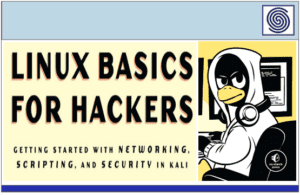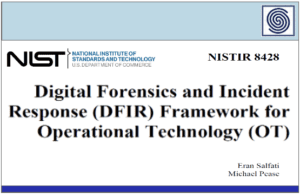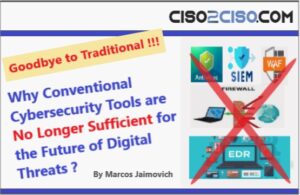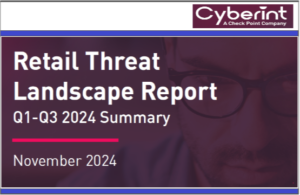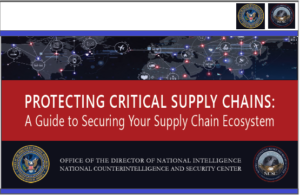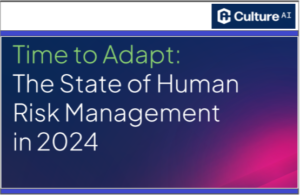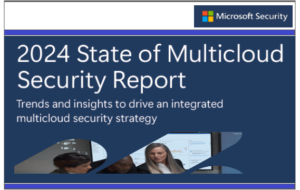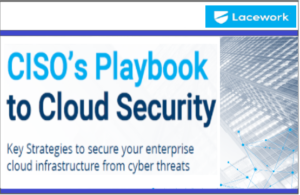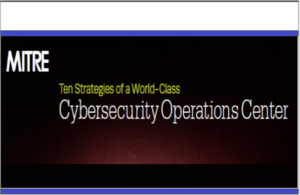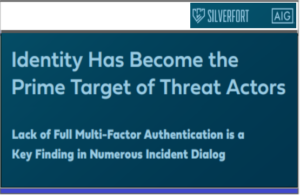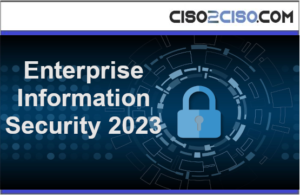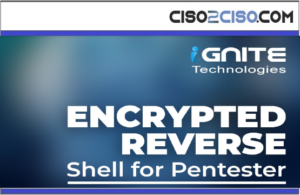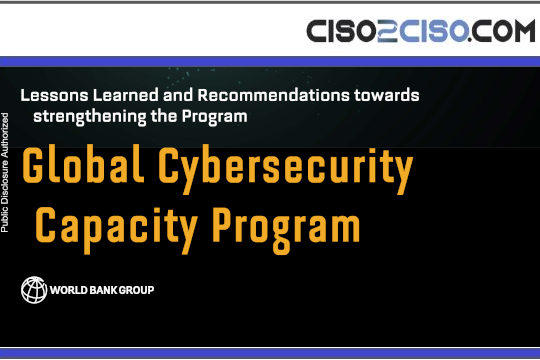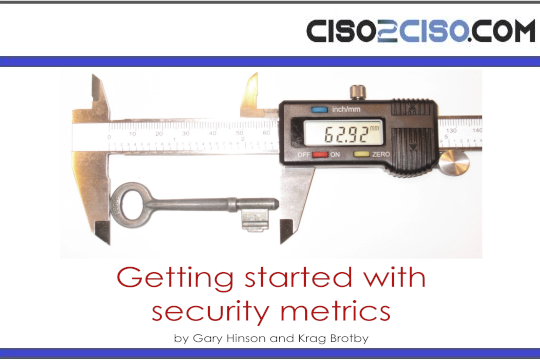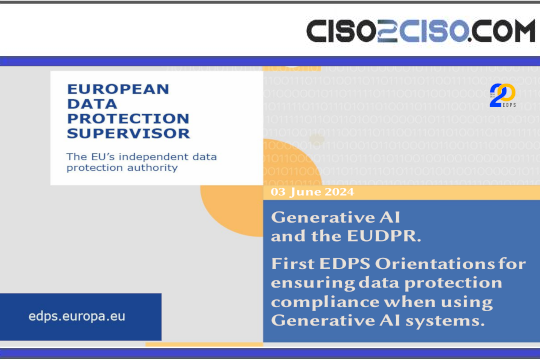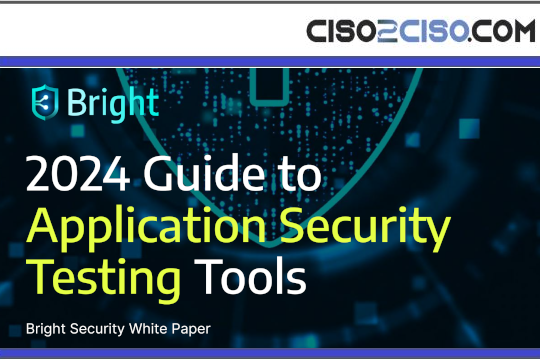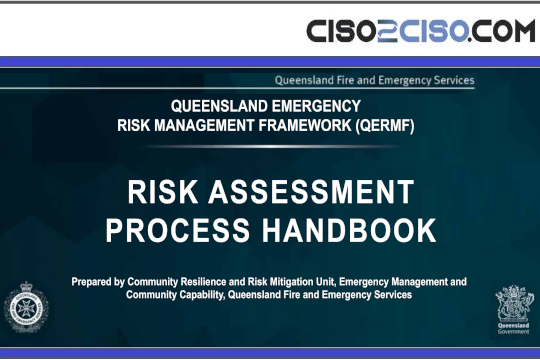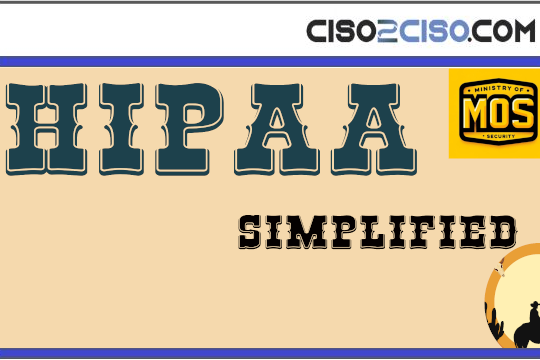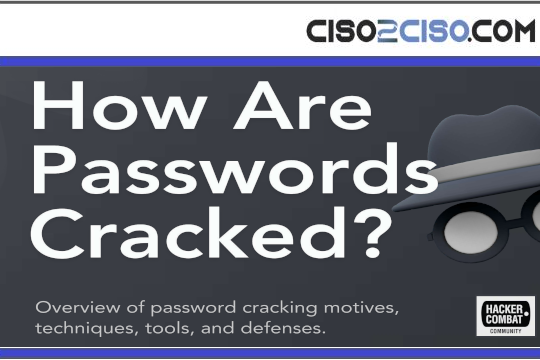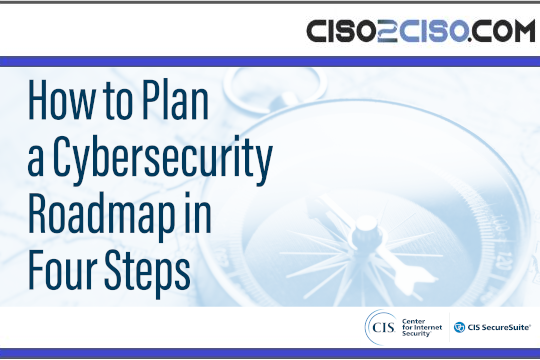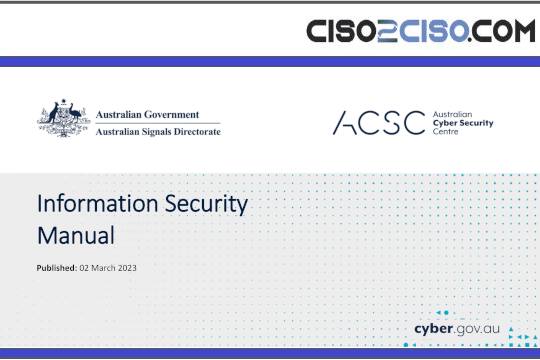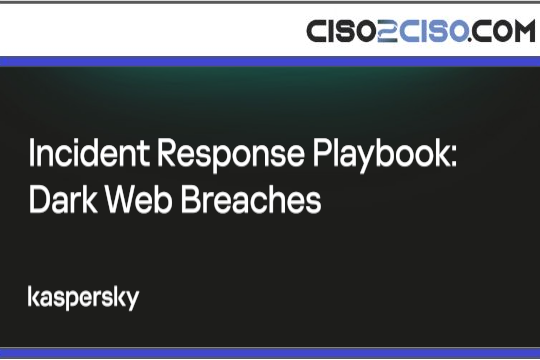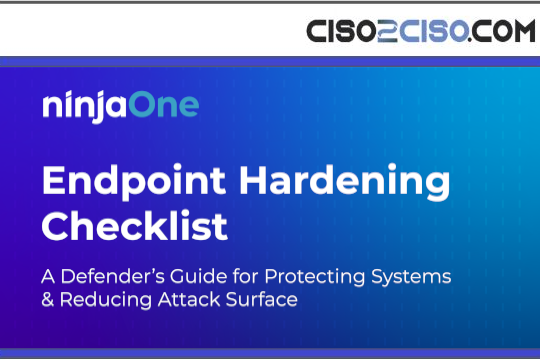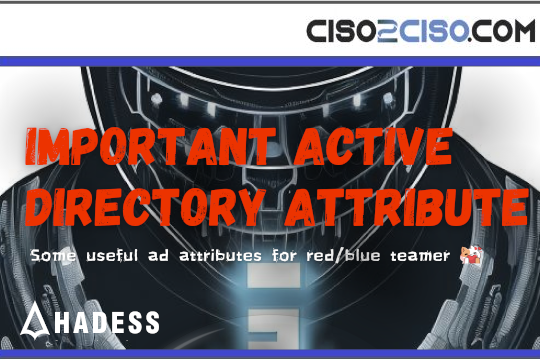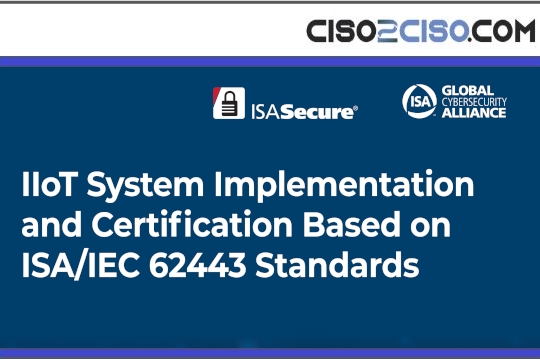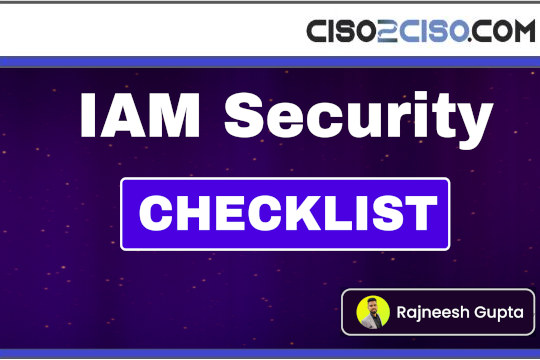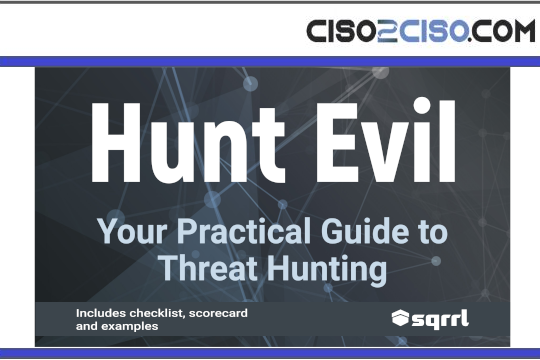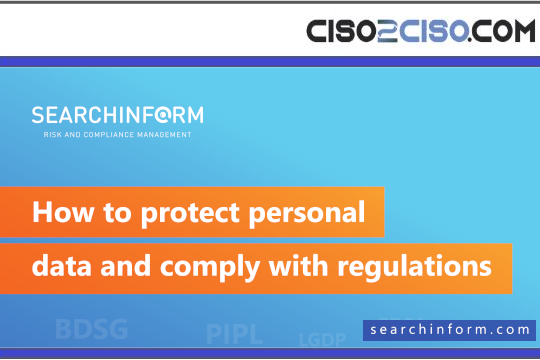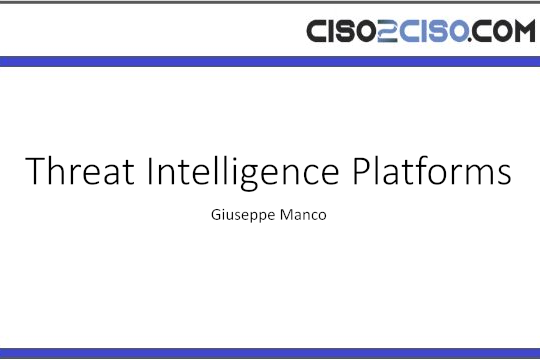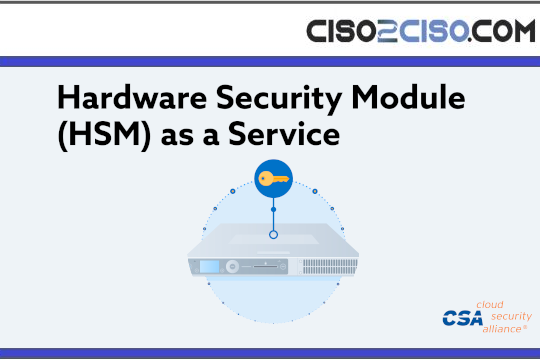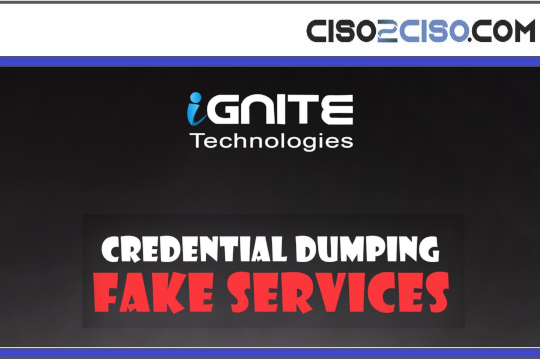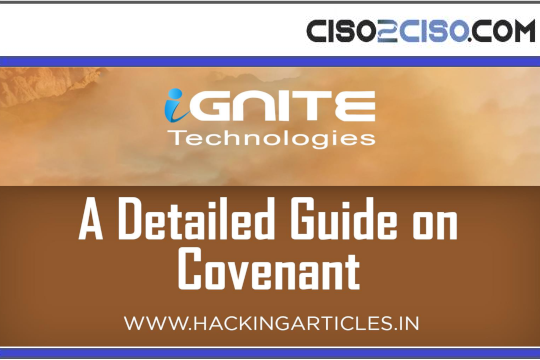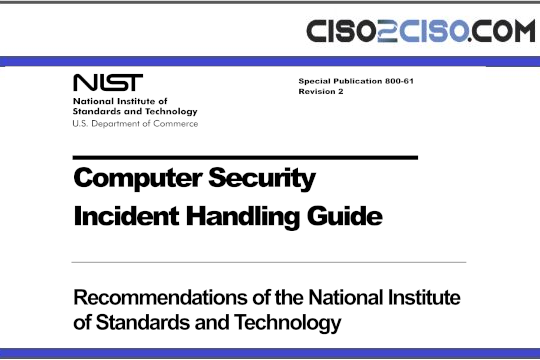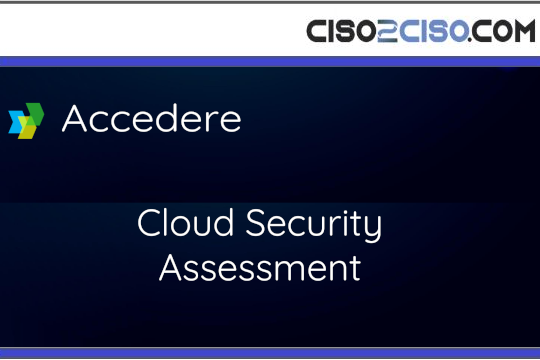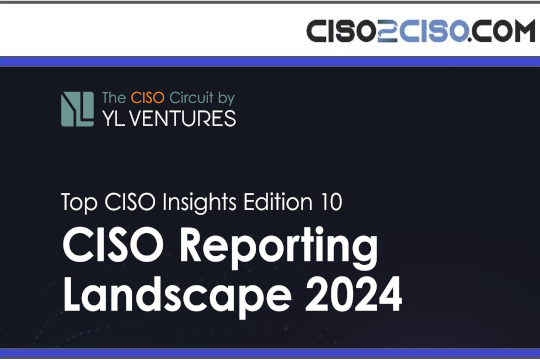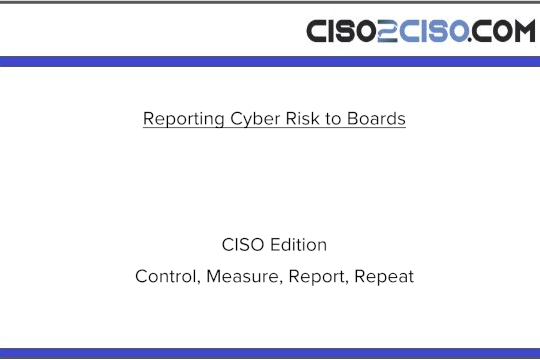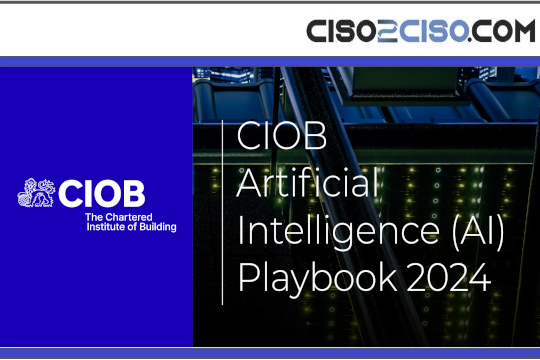Source: hackread.com – Author: Owais Sultan.
Choosing between an on-premises and SaaS data annotation platform affects more than just how you label data. It shapes your team’s workflow, budget, and ability to manage sensitive information. With AI models demanding ever-larger and more accurate datasets, selecting the right approach matters.
This article compares both options (on-premises and SaaS) and explains when each makes sense. You’ll also learn what to consider when evaluating a data labelling platform, whether you’re running an internal project or using an AI platform data labelling service.
What Is a Data Annotation Platform?
Before you choose between on-premises and SaaS, it helps to understand what a data annotation platform does and why the deployment model matters.
Core Purpose of Data Annotation Tools
A data annotation platform helps you label raw data so AI models can use it. This data can be text, images, video, or audio. Labels tell the model what the data means.
You’ll see these tools used in computer vision, such as object detection and facial recognition, as well as in natural language processing for tasks like sentiment analysis and chatbots. They are also applied in speech and audio recognition, as well as in robotics and autonomous vehicles.
Some teams still label data by hand. Many now use an automatic data labelling platform to save time and lower costs.
Why Deployment Model Matters
How you set up your platform for data labelling affects how you work with data. Here’s why it matters:
- Privacy. Sensitive data (health, finance, government) often can’t leave your network.
- Set up speed. SaaS tools work out of the box. On-premises takes longer to install.
- Cost. On-premises platforms usually have a high upfront cost. SaaS spreads payments over time.
- Customization. On-premises lets you tailor the tool to your needs. SaaS offers fewer options but is easier to manage.
A flexible data annotation platform can support both simple and advanced needs. If your AI project has strict privacy rules or large datasets, your choice of platform becomes even more important.
SaaS Data Annotation Platforms: Benefits and Limitations
SaaS (Software as a Service) platforms are hosted by a provider and accessed through the cloud. You don’t manage the hardware or updates; the vendor handles that. This makes them popular for teams that need to move fast or lack in-house IT support.
Key Advantages of SaaS Solutions
SaaS data labelling platforms offer several benefits:
- Fast setup. You can start labelling data in hours or days with no hardware needed.
- Automatic updates. The provider keeps the software current, saving your team time.
- Easy scaling. You can add more users or projects without new infrastructure.
- Lower upfront cost. You pay a subscription fee, which spreads out your expenses.
- Remote collaboration. Teams in different locations can work on the same platform.
Example: If your team is running a short-term AI project or a proof of concept, a SaaS data annotation platform helps you avoid setup delays.
Typical Limitations of SaaS Tools
SaaS comes with trade-offs:
- Data privacy. Your data passes through the vendor’s cloud, which may be a problem in regulated industries.
- Limited customisation. SaaS platforms offer pre-built features, but deep custom changes may not be possible.
- Ongoing costs. Subscription fees add up, especially for large teams or long-term projects.
- Vendor reliance. Your work depends on the vendor’s service uptime and support.
Before choosing a SaaS platform, consider whether your data can legally and safely be processed off-premise, how long your project will run, and how much customisation you require.
On-Premise Data Annotation Platforms: Benefits and Limitations
An on-premises data annotation platform runs on your own servers. Your team manages the hardware, software, and data. This gives you more control, but also more responsibility.
Key Advantages of On-Premise Solutions
On-premises data labelling platforms are a strong choice when:
- You need full data control. Your data stays on your servers, which is key for privacy and compliance.
- Customisation matters. You can adapt the platform to fit your tools, workflows, and security needs.
- You want predictable costs. Many on-premises platforms use a one-time license fee, which avoids long-term subscriptions.
- You control availability. Your platform isn’t tied to an outside vendor’s uptime.
For example, if you’re labelling sensitive health data or working under strict data protection laws, an on-premise platform gives you the control you need.
Typical Limitations of On-Premise Tools
On-premises deployment isn’t always the best fit:
- Complex setup. It takes time and expertise to install and configure the system.
- Ongoing maintenance. Your team must handle updates, security, and backups.
- Higher upfront cost. Hardware, licenses, and setup can require a large initial investment.
- Longer deployment time. It may take weeks or months to get the system fully running.
Before choosing an on-premise solution, consider whether your team has the technical skills to manage the platform, if you have strict data privacy or compliance requirements, and whether your project budget can handle the initial setup costs.
Common Questions When Choosing a Platform
When picking between an on-premises or SaaS data labelling platform, it helps to ask the right questions. Your answers will guide your decision and prevent costly mistakes.
How Sensitive Is Your Data?
Some data should never leave your network, such as patient records in healthcare, financial transactions, and classified government data. If your project involves sensitive data or strict compliance rules (GDPR, HIPAA, etc.), an on-premises platform for data labelling may be the safer choice.
What Is Your Project Timeline?
Speed matters. If you need to start labelling data tomorrow, a SaaS solution will get you there faster. If you’re building a long-term, high-control system, on-premise might be worth the wait. Consider when you need your first labelled dataset and whether the project will expand over time.
What Is Your Budget?
Costs break down differently: SaaS typically has a low upfront cost with ongoing subscription fees, while on-premise involves a high upfront cost but lower ongoing expenses. You should also consider hidden costs such as maintenance for on-premise solutions, data transfer or storage fees for SaaS, and the time required from IT staff. A simple cost of ownership analysis can help you compare options.
How Many Users Will Access the Tool?
If your labellers are spread across multiple locations or include external partners, SaaS platforms make collaboration easier. And if your team operates from a single secure site, an on-premise solution may offer the level of control you need.
Conclusion
Choosing between an on-premises or SaaS data annotation platform depends on your project’s needs. If speed, scalability, and ease of access matter most, a SaaS option works well. If your focus is on data privacy, customisation, or long-term control, on-premises is likely the better fit.
Take the time to weigh your priorities: security, budget, timeline, and team resources. The right platform for data labelling can help you build better AI models faster, with fewer risks and more control where it counts.
(Top, Featured Photo by Google DeepMind on Unsplash)
Original Post url: https://hackread.com/on-premise-vs-saas-data-annotation-platforms-compared/
Category & Tags: Technology,AI,Annotation,Data Protection,GDPR,Privacy,SaaS – Technology,AI,Annotation,Data Protection,GDPR,Privacy,SaaS
Views: 2



